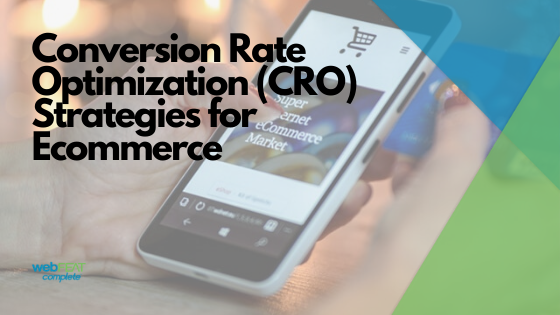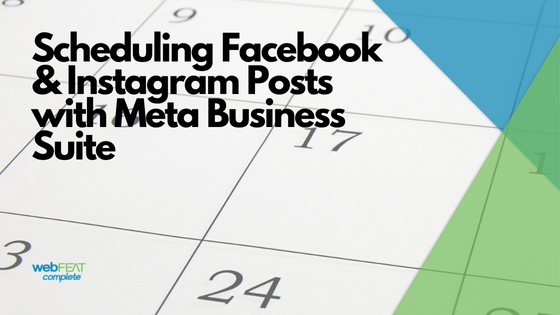It’s 2020! People are shopping online significantly more every year.
Getting qualified users to visit your website is only one part of the job. The second, and more important job is to get those users to convert.
In a way, your website should guide users through a funnel to conversion, and they shouldn’t even notice. It should be a pleasant browsing experience.
You’ll be surprised to find how some relatively simple strategies, can increase conversions significantly.
The focus of this post will be ecommerce, but CRO can also apply if you’re looking to increase form fills, phone calls, newsletter sign ups, and PDF downloads.
SEO-CRO Strategies
From landing pages to the checkout process, adjustments can be made across a website to improve conversion rate. These adjustments can also improve engagement metrics that play a role in how your website is ranking.
Over time data will identify our most successful adjustments, and we’ll continually improve conversion rate. Pair that with ongoing SEO to increase quality traffic, and your revenue numbers have the potential to grow significantly.
Here are some conversion rate optimization strategies:
Improve the Checkout Process
One of the most direct, straightforward ways to improve conversion rate is in the checkout process.
Think about sites you check out on frequently, like Amazon. When logged in, it’s as simple as clicking add to cart, proceeding to checkout, making a few selections, and ordering.
Things you can check for and improve in your checkout process:
- long forms
- login/registration redirects that take you away from the cart, or out of the checkout process
- intimidating “terms” or “policies” you must accept
- lack of shipping options
- too much copy
- doesn’t feel legitimate/lack of security
- have to enter billing and shipping info twice if they’re the same (no save/same as function)
- do any confusing elements have a link (opening in a new tab) or description? (ex: credit card security/cvv code)
- is it easy to get to your cart, and from there to the checkout?

Improve CTA (Calls to Action) Placement + Add CTAs
Sometimes you can have the best content in the world, but there are no CTA’s or emphasized pieces of your funnel to guide users through the process.
Strategically placing CTA’s, and enhancing a CTA in your main navigation by making it look like a button (ex: Shop Now) can be really beneficial to conversion rate.

Sometimes along the way to our desired conversion, I may also add other conversion opportunities like a newsletter sign-up, or “save to wish list”. That way even if someone isn’t making a purchase, we can stay top of mind, and make future online shopping experiences as easy as possible. Sometimes our users should be able to pick right back up where they left off.
Eliminate Hesitations
There have been times where I get to the final step in an online purchase process, and see that shipping and tax adds $20, and that forces me to leave.
Building costs into price and offering “Free Shipping” or a low flat-rate could eliminate a hesitation that prevents folks from moving forward. This can be added as a thin banner to the top of the website, eliminating hesitations and encouraging purchase from the moment a user enters your online store.
You’ll also have to lean on your content a bit for this. On specific products especially, user-questions and concerns should be considered. For example if you were selling a piece of expensive art, you’d want to be sure to note that shipping is fully insured, any guarantees associated with it, and details regarding the material, size, and real-life look of the artwork. An FAQ page can also be helpful to have if there are multiple commonly occurring questions.

Encourage Trust
If you just met someone, you’re probably not going to trust them completely.
It’s virtually the same with a site visitor and ecommerce store. Users should see that your website is secure in the browser address bar, any security certificates or verification processes that encourage trust could be beneficial.
Along with security, users should see that you’re confident in your product to make them feel more comfortable about their purchase. This could be in the form of 100% satisfaction guaranteed notices, an A+ BBB rating, or the mention of easy/free returns.
You could also add a section for reviews on each product to let existing clients offer their experience, and convey trust/satisfaction.
Real client results

*Laboratory diagnostic and research supplies-went from $4,600 in monthly sales to $24,000

*Sound equipment company-went from $110K in the month of Jan, to $212K by the end of the year

*A plumbing supply company went from just under $500 in online sales per month, to nearly $1,500

*Non destructive testing company-went from $253 of monthly revenue in May, to $2,259 in December.
Ready to unleash your website’s revenue potential with CRO? Let’s talk strategy.
“”





